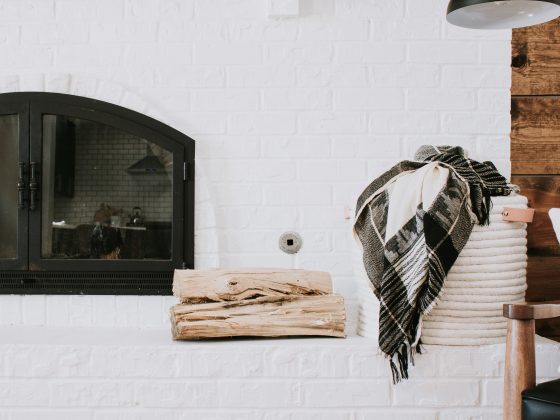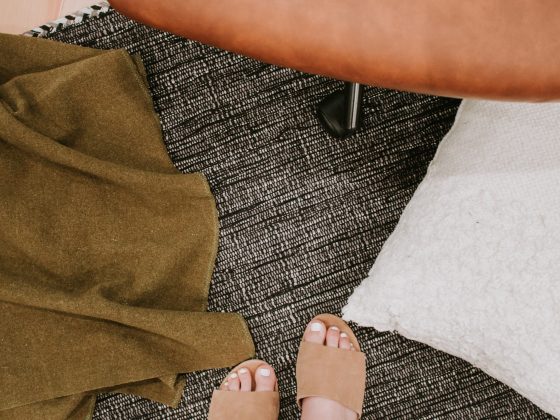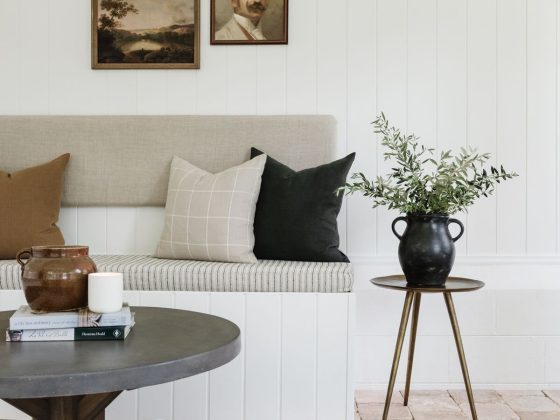HOW TO CREATE A FOCAL POINT
Walk into your living room. What is the first thing you notice? What do you want the first thing you notice to be? If the two answers are the same, you have a focal point! If not, make some adjustments. Those adjustments could involve size, color, or placement to create a focal point.
SIZE
The variation of heights and sizes of your furniture plays a big role in what grabs your attention first. For example, if all your furniture is low to the ground, a tall hutch, a floor to ceiling fireplace, or curtains hung tall above the rest will be the first thing you notice when you walk into a room. If all the artwork on your mantle is small, but one large frame sits amongst them, you’re eyes will wander from biggest to smallest.
COLOR
When all the colors in a room fall into a similar category (muted, vibrant, or the same hue family) adding a color that steps outside of that category will naturally stand out from the rest. Hang a piece of artwork with a new color that compliments your existing color palette, yet stands out from the rest. For example, red artwork would pop when everything else in your room is green, blue, or neutral.
FURNITURE ARRANGEMENT
Most importantly, in order to make a focal point clear as day, arrange your furniture in a way that doesn’t obstruct your view or distract your attention from it.
FOCAL POINT VS. ACCENT WALL – WHAT’S THE DIFFERENCE?
A focal point is an object or an architectural feature on a wall that draws your attention.
An accent wall (also called a feature wall) is an entire wall that is different from the surrounding walls. An accent wall is usually painted a different color, has wallpaper, or has decorative wall mouldings – all of which are only on that one wall.
I always encourage homeowners to shy away from an accent wall and aim for a focal point instead.




